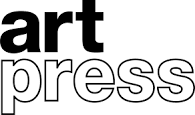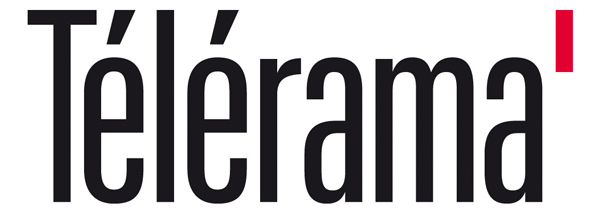L'éloge du paradoxe
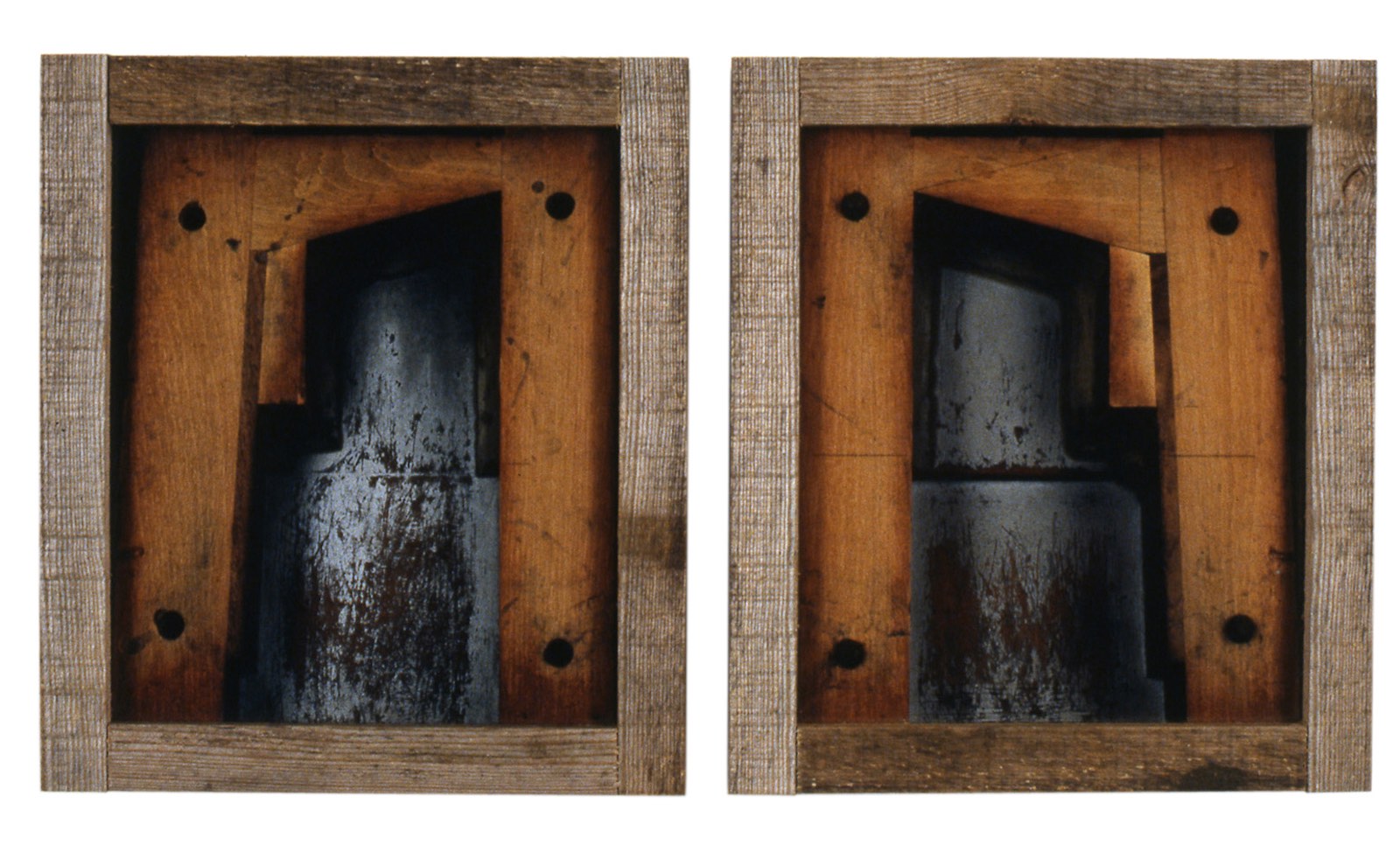
Frame: 28 x 16 inches
Signed, titled and dated with instructions on verso
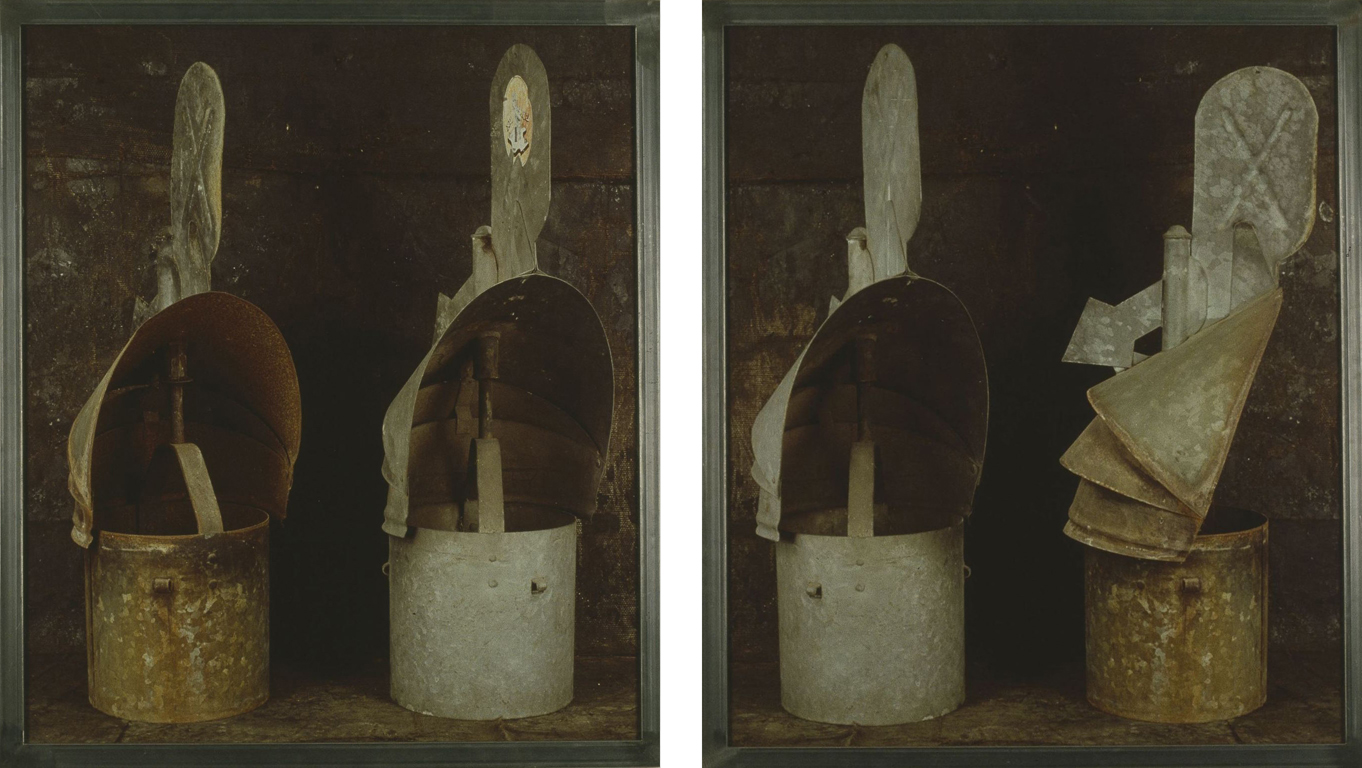
Frame: 68 x 38 inches
Signed, numbred and dated on verso

Frame: 25 x 66 inches
Signed, titled and dated with installation instructions on frame verso
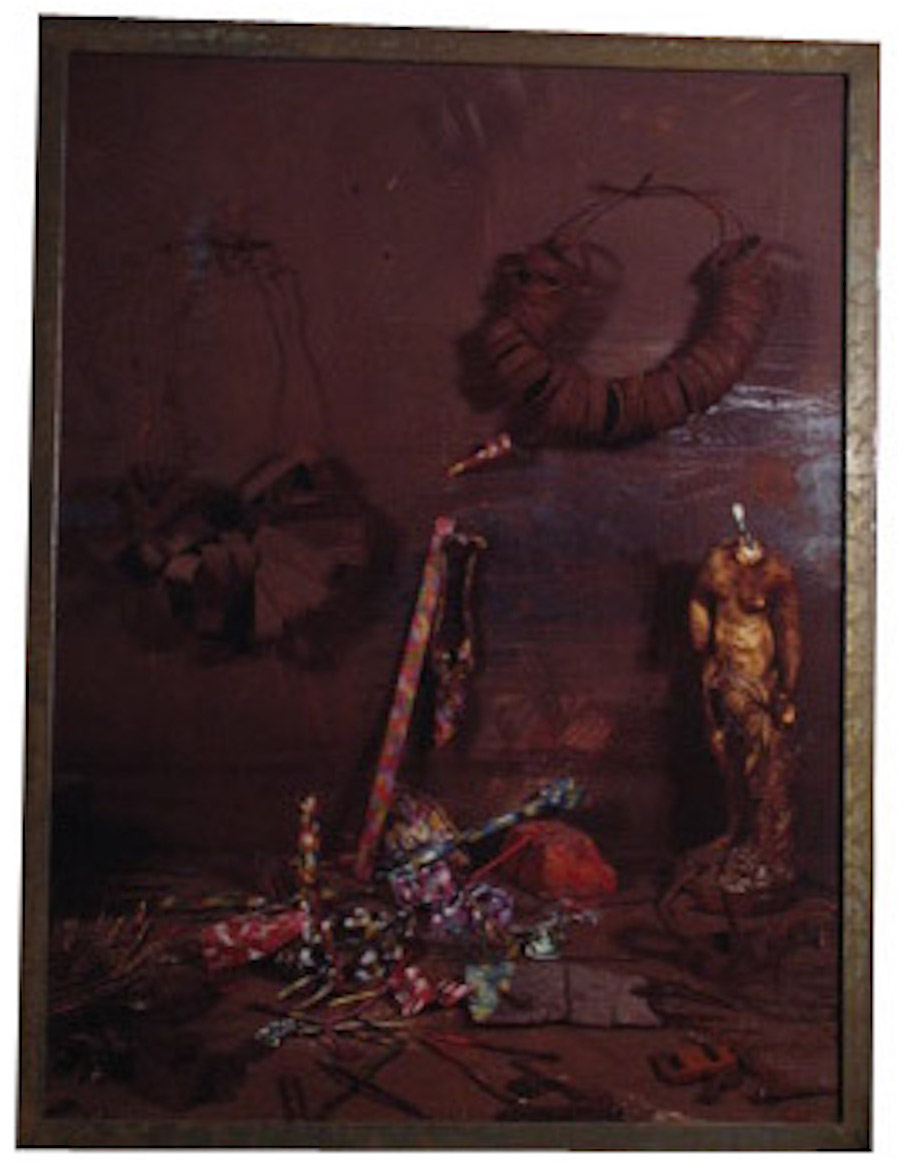
Frame: 31 x 41 inches
Signed, titled and dated on verso
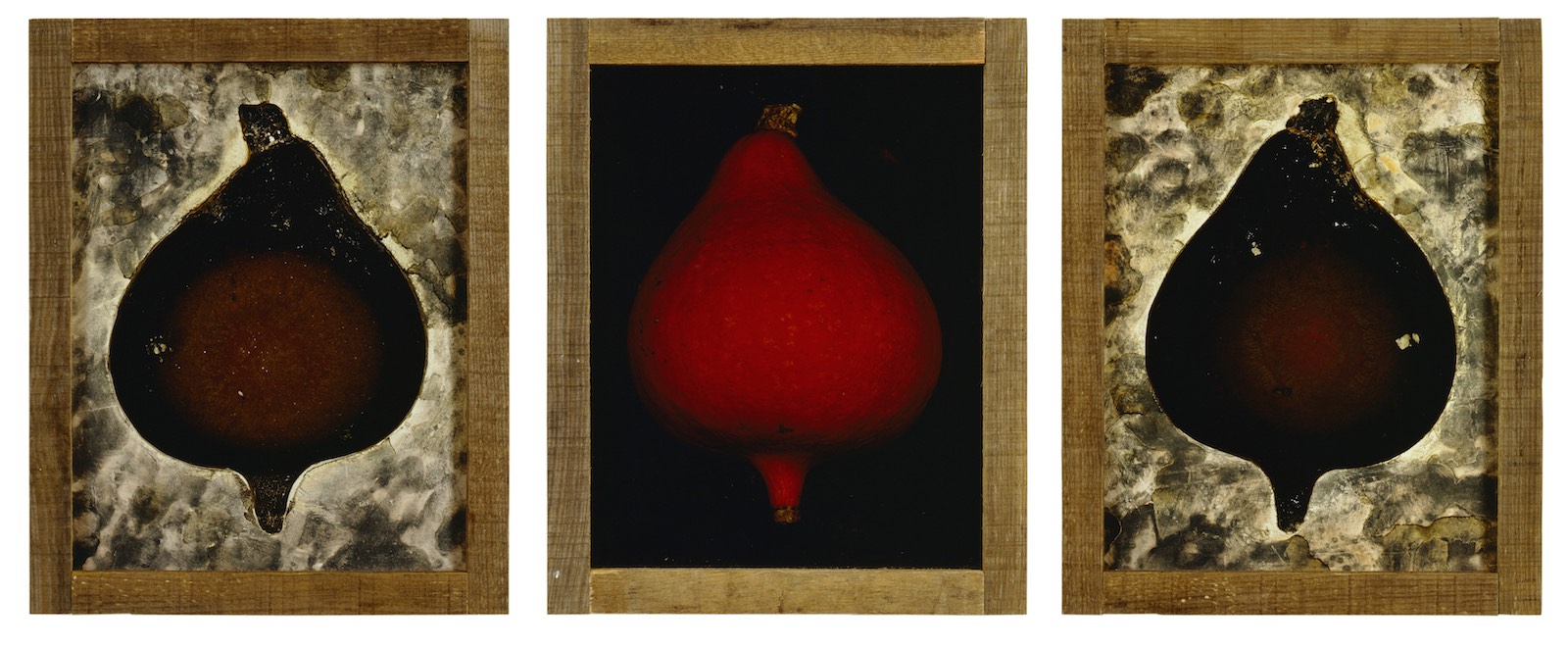
Frame: 56 x 21 inches
Signed, titled and dated, instructions on verso
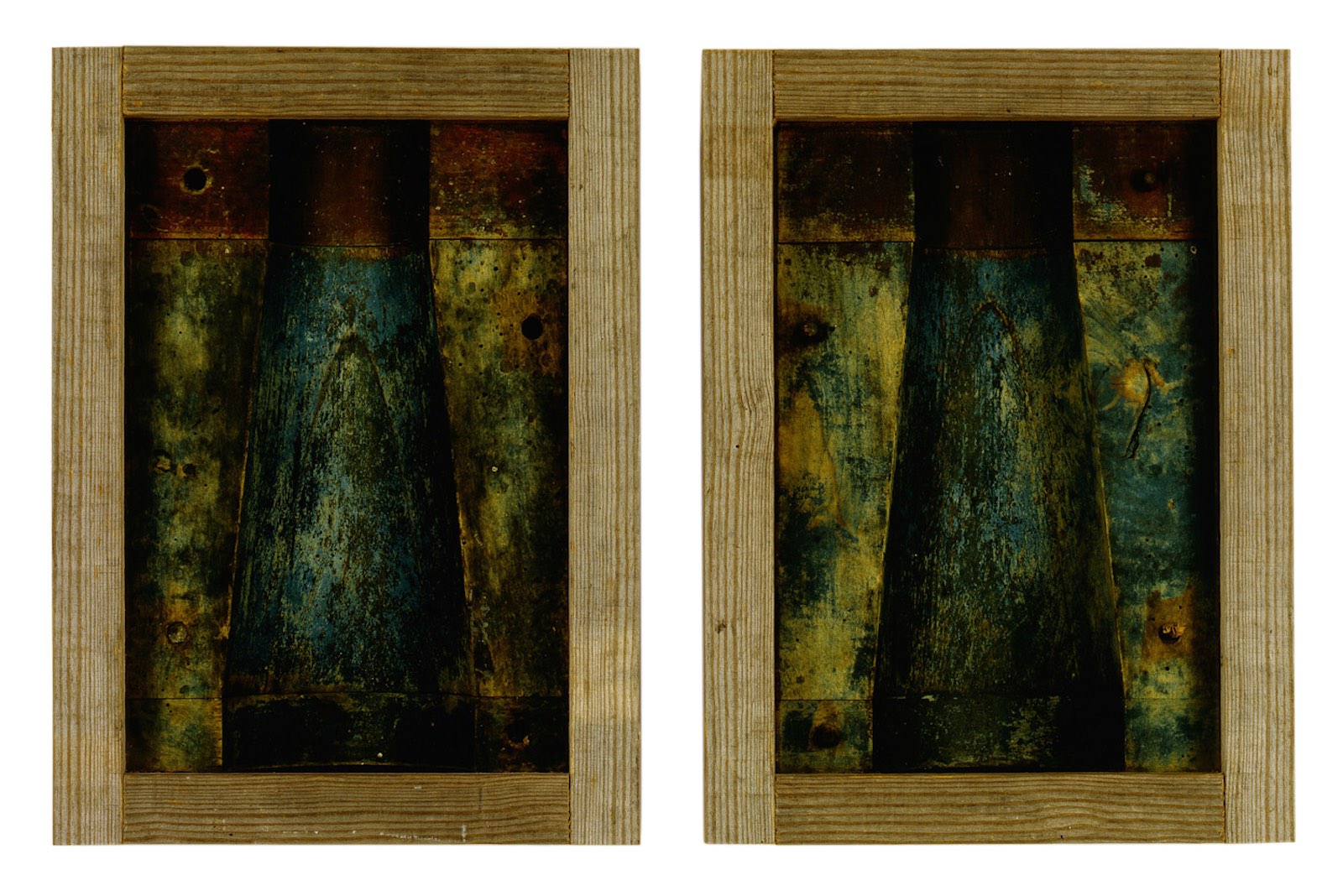
Frame: 26 x 16 inches
Signed, titled and dated with instructions on verso
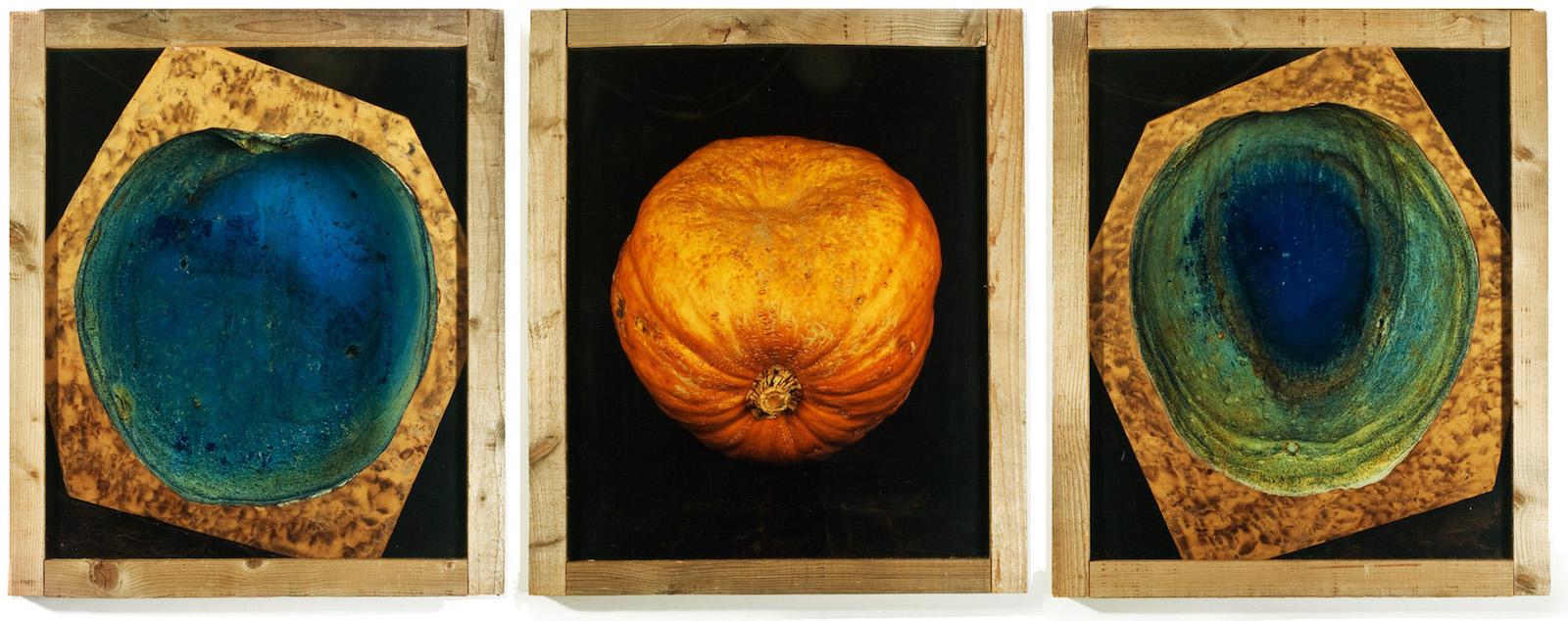
Frame: 82 x 31 inches
Signed, titled and dated with instructions on verso

Frame: 49 x 43 inches
Signed, titled and dated with instructions on verso

Frame: 48 x 39 inches
Signed, titled and dated on verso
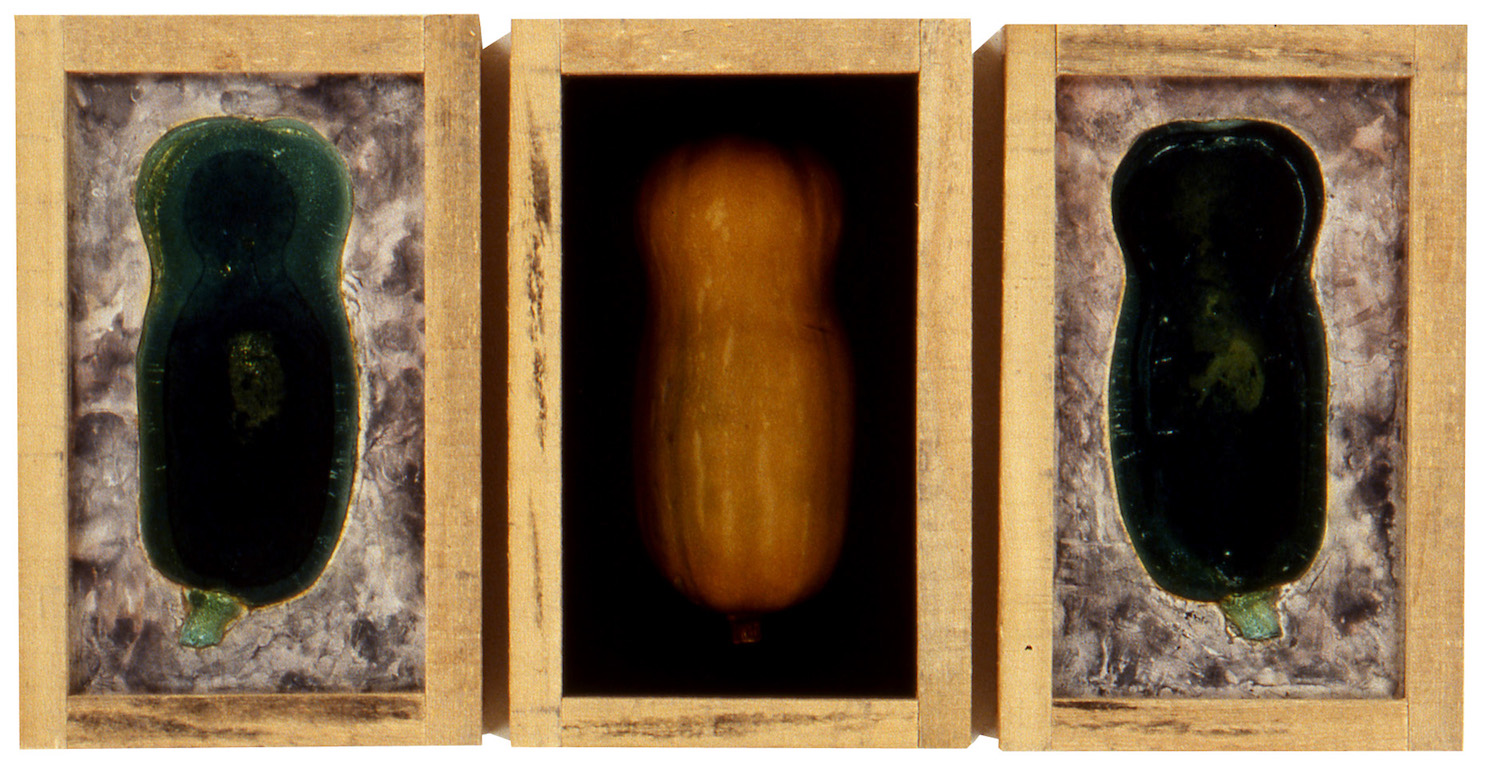
Frame: 44 x 21 inches
Signed, titled and dated with instructions on verso
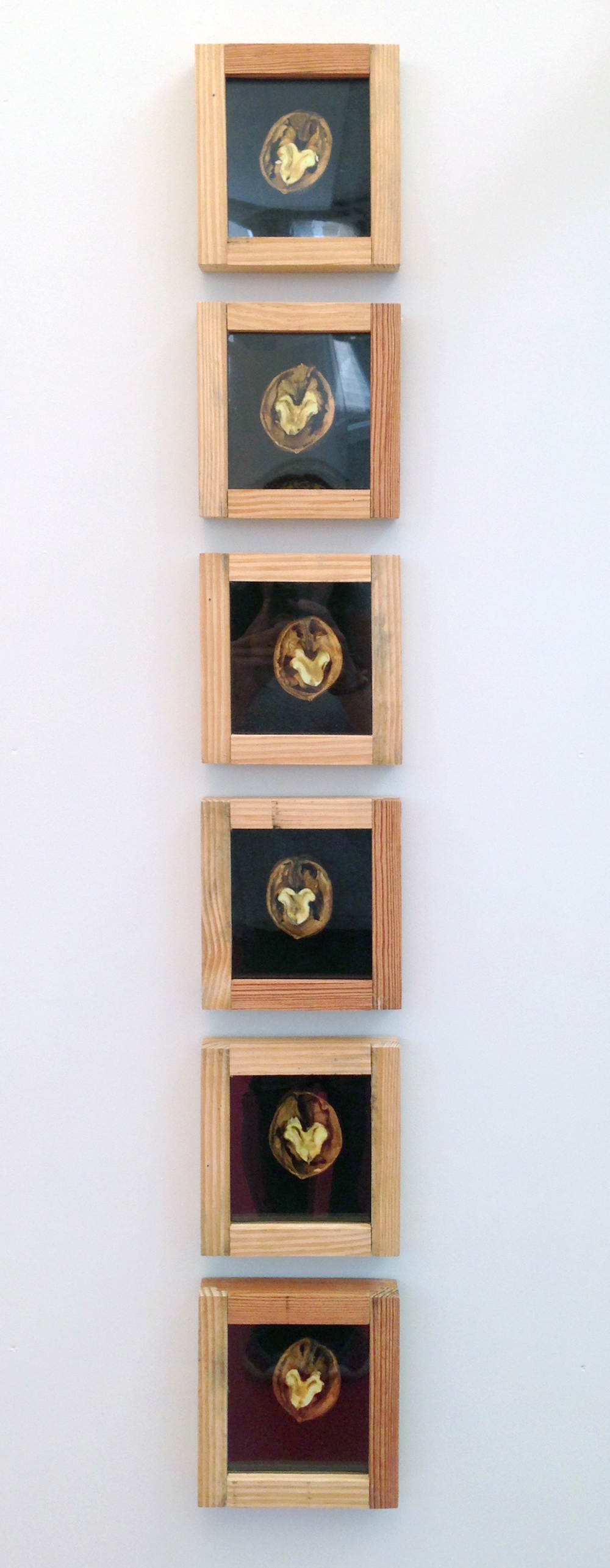
Frame: 50 x 7 inches
Signed, titled and dated with instructions on verso
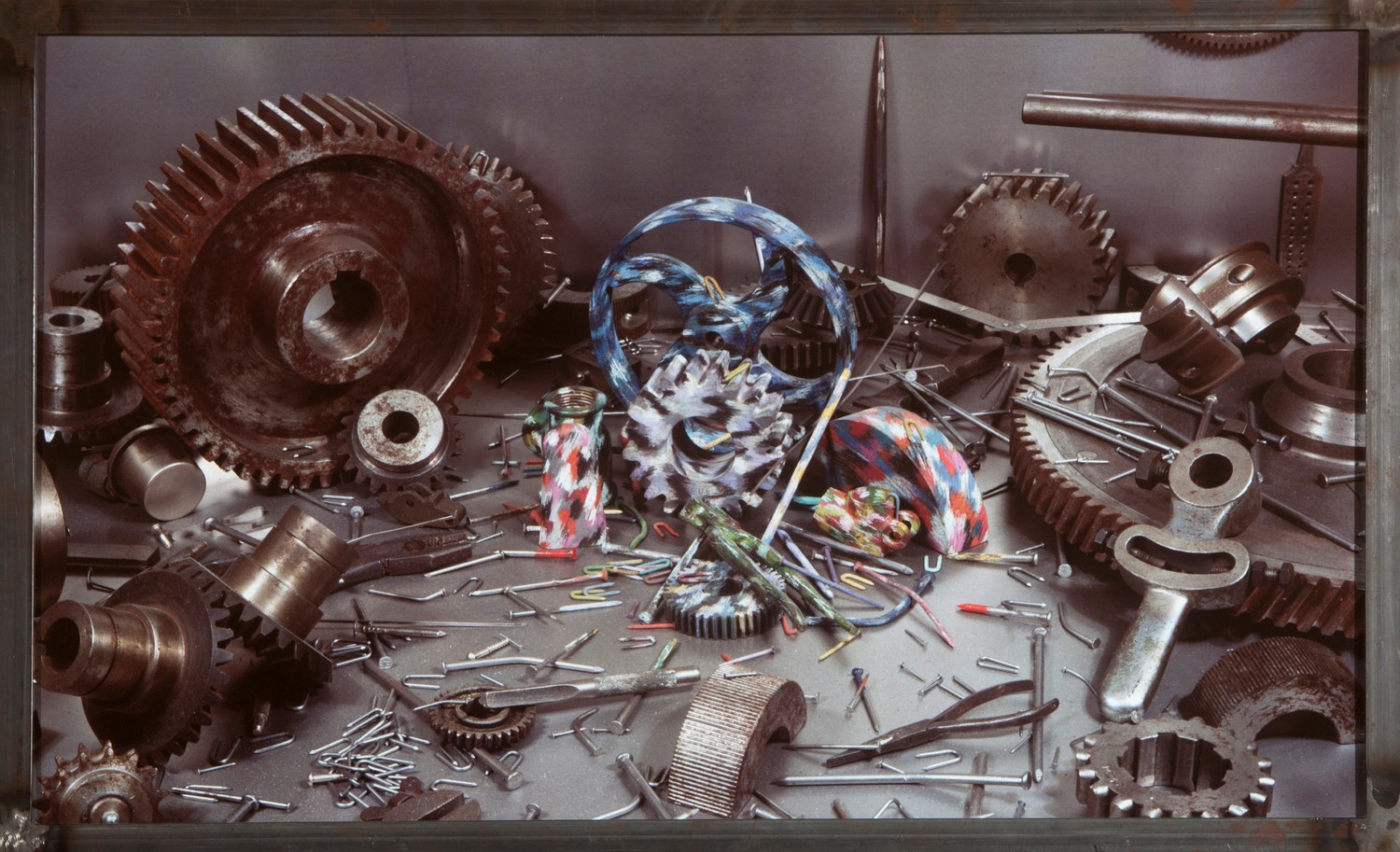
Frame: 41 x 25 inches
Signed, titled and dated on verso

Frame: 68 x 24 inches
Signed, with instructions on verso

Frame: 44 x 21 inches
Signed, titled and dated with instructions on verso

Frame: 67 x 17 inches
Signed, titled and dated, instructions on verso


Presentation
We are pleased to announce In praise of paradox, the new solo show by Pascal Kern.
Press
PRESS RELEASE
IN PRAISE OF PARADOX
While Pascal Kern's works are all technically speaking photographs, let us not be fooled: there is much more at work here.
If we look closely at his large Cibachrome prints, with their seductive colours, we see temporary sculptural installations, settings built from natural elements (cucurbits) as well as industrial ones (found objects) that forever explode our codes for perceiving space. In the three series presented here, Fictions colorées [Coloured Fictions], Sculpture and Nature, Pascal Kern blurs the lines.
As Philippe Piguet says, "everything works in terms of binary oppositions: full-empty, negative-positive, front-back, surface-depth. He is always trying to bring the presence of a virtual space to the fore, building off of a reality that is as much conceptual as it is tangible."[1].
In fact, everything is a thinly-disguised paradox. If we are prepared to accept that Kern's intention is not to represent objects in themselves, then we must further admit that his work questions the methods of representation that are specific to the history of painting and sculpture, going from two dimensions to three, and back again. For Régis Durand, "all of this leads the viewer back and forth between fascination for the photographic image at its most refined, and the awareness that its traditional function has been displaced, requiring a new type of attention from us. What we behold is neither a celebration of, nor a lament for the world, as is so often the case with photographs. Rather Kern's work is a rich meditation on the use of forms, their fate, their delicate passage through the world"[2].
Since his passing in 2007, there has been no individual exhibit dedicated to Pascal Kern in France , so it is a wonderful opportunity for the gallery to be able to host a new rereading of his work, which is exceptional in so many ways.

